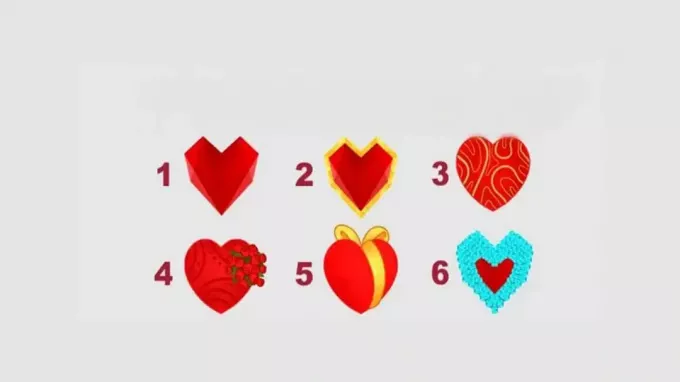O animal Kingdom has always exerted an indescribable fascination on human beings. Its creatures, behaviors and mysteries have inspired the imagination and generated the curiosity of many.
The idea of being able to dialogue with animals, understanding their thoughts and feelings, has long inhabited the minds of creature enthusiasts of all species.
see more
Security Alert: Hacker Reveals Why You MUST Turn Off…
See how to TURN pictures into text (works on Android and iOS)
Now, with advances in technology, that fantasy is getting closer to reality, thanks to the Artificial Intelligence (AI).
Broad Language Models (LLMs) are at the heart of this new approach. Such AI tools have the ability to communicate in human language, which raises an intriguing question: is it possible to create chatbots that talk to animals?
Two neurobiologists at Tel Aviv University in Israel are dedicating efforts to answer this question, introducing a concept dubbed the “Doctor Dolittle Challenge”.
(Image: Getty Images/Reproduction)
Challenges of interspecies communication
Yossi Yovel and Oded Rechavi, the neurobiologists behind the “Doctor Dolittle Challenge”, are facing three fundamental obstacles to making communication with animals viable:
Use of natural signs of animals, such as barking or specific vocalizations, for communication;
Adaptation of these signals to varied behavioral contexts, going beyond mating or threat situations;
Production of measurable responses in animals, in order to establish a dialogue perceived as an interaction between individuals of the same species.
The example of bees
Neurobiologists have found a practical example for this challenge: honeybees. They use a specific dance to communicate information about the location of food to the colony.
Applying this dance as a basis, the researchers were able to create a robotic bee capable of reproducing the movements and thus “talking” to the others, attracting them to a certain location.
However, challenges persist. The bee dance is only effective in specific contexts and, so far, scientists cannot directly ask the bee about its feelings or needs.
Although the possibility of talking to all animals is still uncertain, there are tools in development that seek to help understand some of the creatures closest to us.
One example is the “MeowTalk” app, designed to translate cats' meows into understandable messages.
Javier Sanchez, the creator of the application and also involved in the creation of Alexa virtual assistant, used his experience to develop a tool that allows cat owners to better understand felines.
While the app has some limitations in translation, it does offer nine general cat interactions, such as hunger, happiness, and pain.
As the “Doctor Dolittle Challenge” continues to explore the limits of animal-human communication, it is undeniable that technology is opening new doors to a deeper understanding and interconnection with creatures.
We may never reach the level of the iconic fictional character Doctor Dolittle, but it is undeniable that advances in AI and technology are revealing more and more of the mysteries of the animal world to us.

